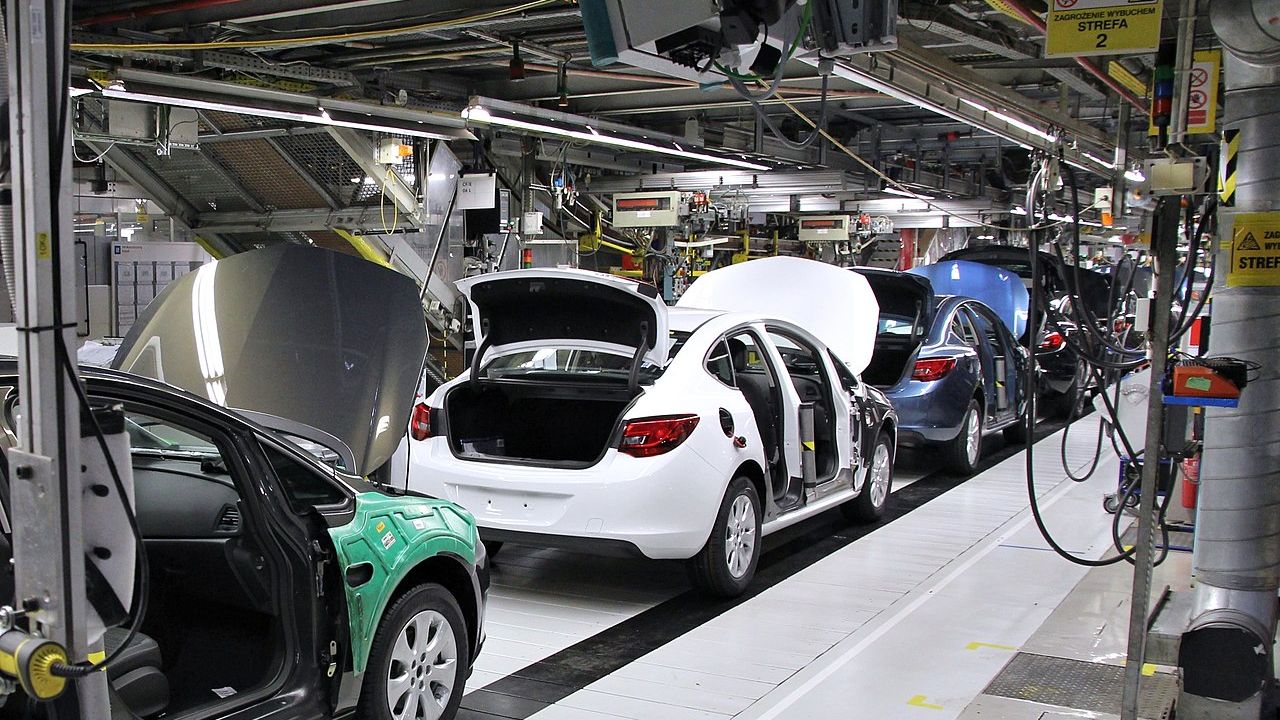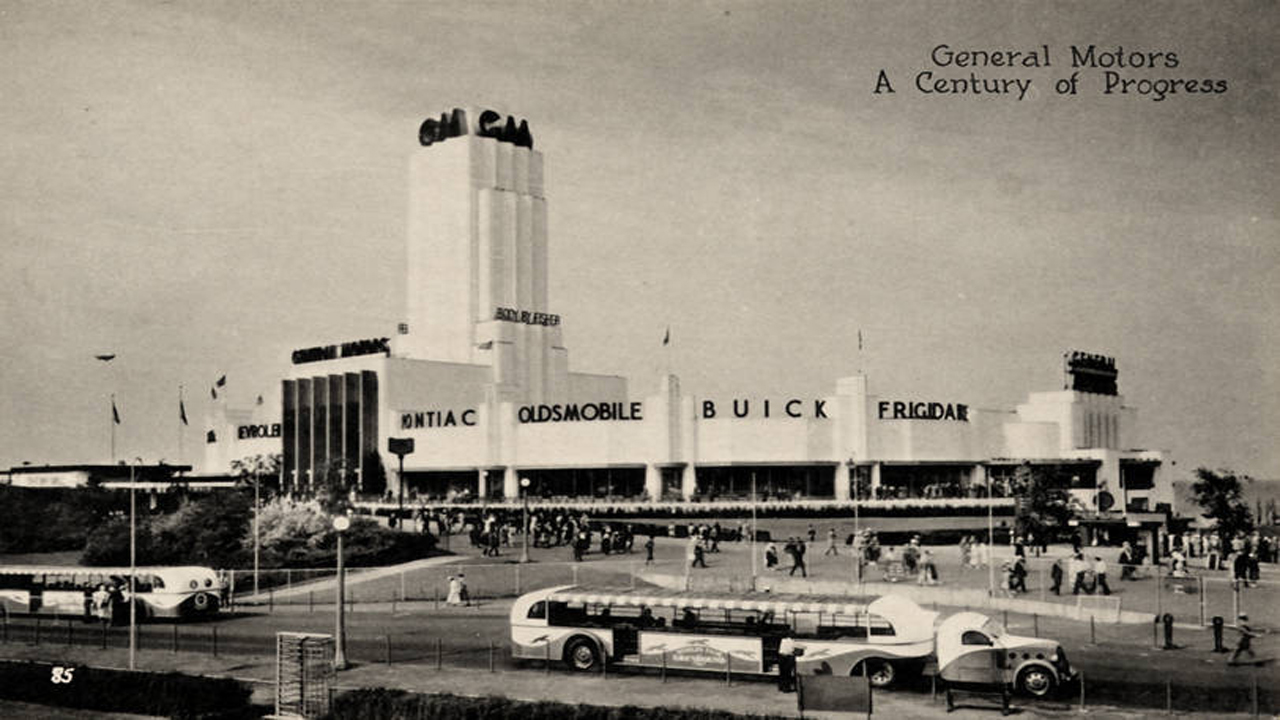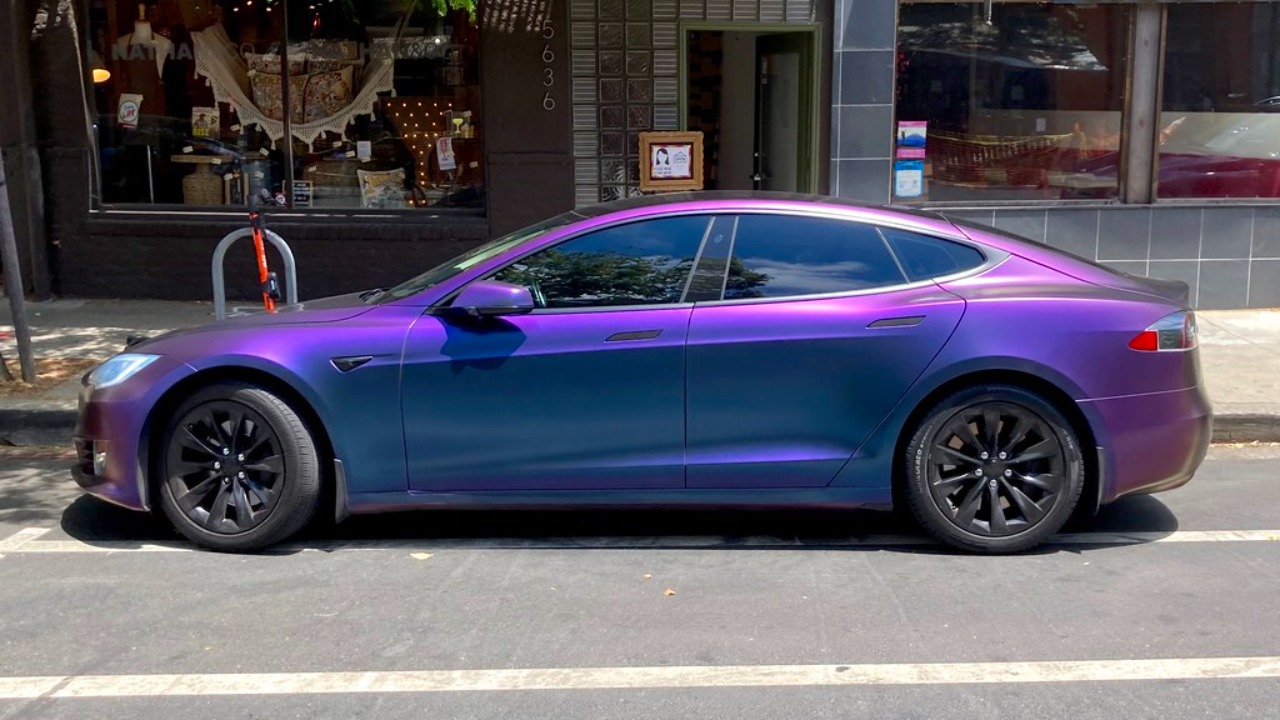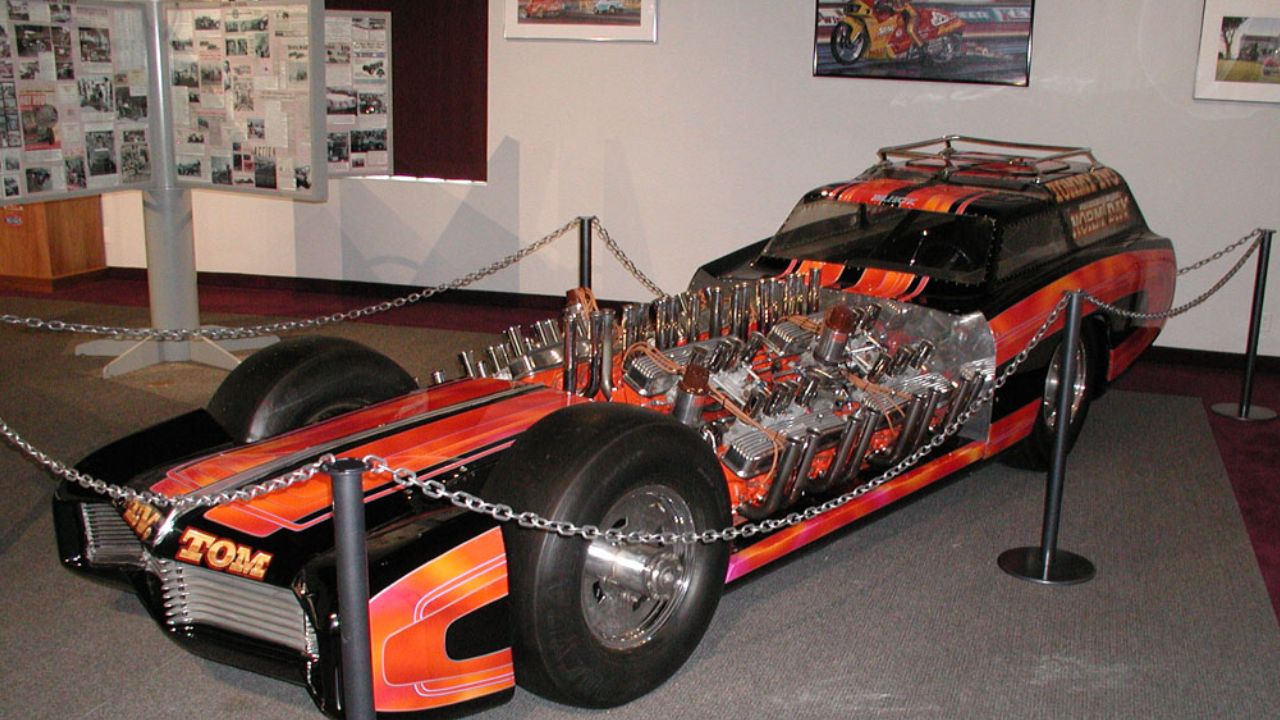The fall of iconic American car brands Pontiac and Oldsmobile marked the end of an era for General Motors (GM) and the automotive industry. These brands, once at the forefront of innovation and style, succumbed to a confluence of economic challenges, shifting consumer preferences, and strategic missteps by GM. Understanding these factors provides insight into how these celebrated names ultimately faded from the automotive landscape.
Historical Significance and Brand Legacy
Pontiac and Oldsmobile were once synonymous with American automotive innovation and style. Oldsmobile, founded in 1897, became a staple in American driveways with models like the Oldsmobile 88 and the Cutlass, which became the best-selling car in America in the 1970s. The brand was known for integrating pioneering technologies, such as the first fully automatic transmission, the Hydra-Matic, which revolutionized the driving experience.
Pontiac, established as a companion marque for GM’s Oakland division in 1926, quickly asserted itself with performance-oriented vehicles. The Pontiac GTO, introduced in 1964, is often credited with initiating the muscle car era, blending power with affordability. Pontiac’s reputation for sporty, dynamic vehicles continued with models like the Firebird and the Trans Am, which were immortalized in popular culture through films like “Smokey and the Bandit.”
Within GM’s portfolio, these brands played crucial roles. Oldsmobile was positioned as a middle-tier offering, bridging the gap between Chevrolet’s affordability and Cadillac’s luxury. Pontiac, on the other hand, was marketed as a youthful, performance-focused brand. These roles influenced GM’s strategy, as the company sought to cover a broad spectrum of the market without overlapping its brands excessively.
Economic Challenges and Industry Changes
The economic landscape of the late 20th and early 21st centuries posed significant challenges for American automakers. The oil crises of the 1970s and subsequent recessions strained the industry and tested GM’s financial resilience. As fuel prices soared, consumer demand shifted, and smaller, fuel-efficient vehicles became more attractive, a trend capitalized on by foreign automakers like Toyota and Honda.
The global expansion of the automotive market further intensified competition. Japanese and European manufacturers, offering reliable and economical vehicles, gained market share in the United States. GM struggled to keep pace with these competitors, both in terms of product offerings and operational efficiency, which eroded its dominance in the industry.
Environmental concerns also began to influence consumer behavior. With rising awareness of climate change and pollution, there was a growing demand for vehicles that offered better fuel efficiency and lower emissions. Traditional American cars, often larger and less efficient, fell out of favor as consumers looked for greener alternatives.
Strategic Missteps by General Motors
GM’s strategy during this period was fraught with missteps that contributed to the decline of Pontiac and Oldsmobile. One significant issue was the lack of clear differentiation among GM’s multiple brands. As the company expanded its lineup, internal competition grew, leading to brand dilution and confusion among consumers. Pontiac and Oldsmobile, in particular, struggled to maintain distinct identities within GM’s crowded stable.
Cost-cutting measures further hampered the brands’ competitiveness. In an effort to streamline operations and reduce expenses, GM reduced investment in innovation and quality improvements. This left Pontiac and Oldsmobile with aging models that failed to excite consumers or compete with newer, more advanced offerings from other manufacturers.

Additionally, GM’s decision-making processes often prioritized short-term financial gains over long-term brand health. The company was slow to respond to changing market trends, such as the growing popularity of SUVs and crossovers, which left Pontiac and Oldsmobile with product lines that were increasingly out of step with consumer preferences.
Shifting Consumer Preferences
The tastes and preferences of American car buyers evolved significantly during the final decades of the 20th century. Consumers began to favor vehicles that offered better fuel efficiency, advanced technology, and greater versatility. This shift was partly driven by rising fuel costs and partly by a growing interest in sustainability and innovation.
The rise of SUVs and crossovers represented a major shift in the automotive market. These vehicles offered the space and practicality that traditional sedans and performance cars could not match. As consumer interest in these segments grew, it became clear that Pontiac and Oldsmobile were not well-positioned to capitalize on this trend. Their product lines, focused on sedans and performance vehicles, struggled to compete against the burgeoning demand for more versatile vehicles.
Demographic changes also played a role in shaping consumer preferences. Younger and more diverse buyers, with different expectations and priorities, became increasingly influential in the market. These consumers valued technology, efficiency, and style over the traditional hallmarks of American automotive design, further marginalizing brands like Pontiac and Oldsmobile.
The Final Days and Legacy of Pontiac and Oldsmobile
The discontinuation of Pontiac and Oldsmobile marked the end of an era. Oldsmobile was phased out in 2004, after 107 years of production, as part of GM’s efforts to streamline its operations and focus on more profitable brands. Pontiac followed in 2010, a casualty of GM’s bankruptcy and restructuring plan, which required the company to shed unprofitable divisions.
The closures left a cultural and emotional void for loyal customers and automotive enthusiasts. These brands had been part of the American automotive landscape for generations, representing innovation, performance, and style. Their disappearance was a poignant reminder of the shifting dynamics in the industry and the challenges faced by legacy automakers.
Despite their demise, Pontiac and Oldsmobile continue to influence the automotive world. Their stories serve as cautionary tales for industry players, highlighting the importance of adaptability, innovation, and brand differentiation. As the automotive market continues to evolve, the lessons learned from the fall of these iconic brands remain relevant, informing the strategies of manufacturers as they navigate an increasingly complex and competitive landscape.
Like Fast Lane Only’s content? Be sure to follow us.
Here’s more from us:
*Created with AI assistance and editor review.







Leave a Reply